
Running Commentary 9/30/2024
Hello,
Hurricane Helene has hit parts of the U.S. very hard. The dregs of it washed over Michigan as wind and rain from Friday afternoon to early Sunday morning, nothing too serious but enough to interrupt the travels of many birds coming the other way, from the north. I got out to a nice warbler-spotting location to see what I could find. What I found was mainly a flock of white-throated sparrows. I’ve seen these before, in my yard, but this was the first I'd heard them sing.
I also saw several warblers: what I believe was a female common yellowthroat (it looked like a Nashville warbler, but without eyering), an unidentified very small bird darting about across the field (it had bright yellow and white markings on grey), and a pair of dully-colored, streaky songbirds with very slim pointed faces. I was unable to identify these in the field but reviewing my guide at home I believe these were a pair of Blackpoll Warblers, which I'd never seen before. My life list tally now sits at 161 species.
Anyway...
Playing...

Warframe
The next big update was shown off in DevStream 181, which was streamed from the 2024 Tokyo Game Awards. Fittingly, the next 'frame, Koumei, will be drawing from Japanese influences. Now, there's a lot of Japanese influence already in Warframe, but this seems more deliberate. Koumei will be a "dice maiden" themed 'frame, which seems to mean she'll have fate-themed powers with a lot of randomized effects. She'll be farmable in a new mission centered around defending Cetus from the Infestation.
There are also going to be reworks to Hildryn and Nova, and a major rework of Caliban, coming in the same update as Koumei. And this update is rolling out this Wednesday. So rather than give my speculative thoughts on the Dev Workshops now, I figured I'd just give my thoughts on these changes next week when I've actually gotten to play with them.
Besides that, I've been working on actually building and ranking a bunch of weapons to get my Mastery Rank up to 30. I'm very close now (27) and while I'm not in any real hurry, there's a lot I haven't played, mainly because there are a lot of very ignorable weapons in the game. I have found out that the Buzzlok is a pretty fun weapon; not the strongest, but unique and enjoyable to use. Everything else is pretty meh at best, but I'll let you know if I come across any other gems, and when I finally do hit MR30.
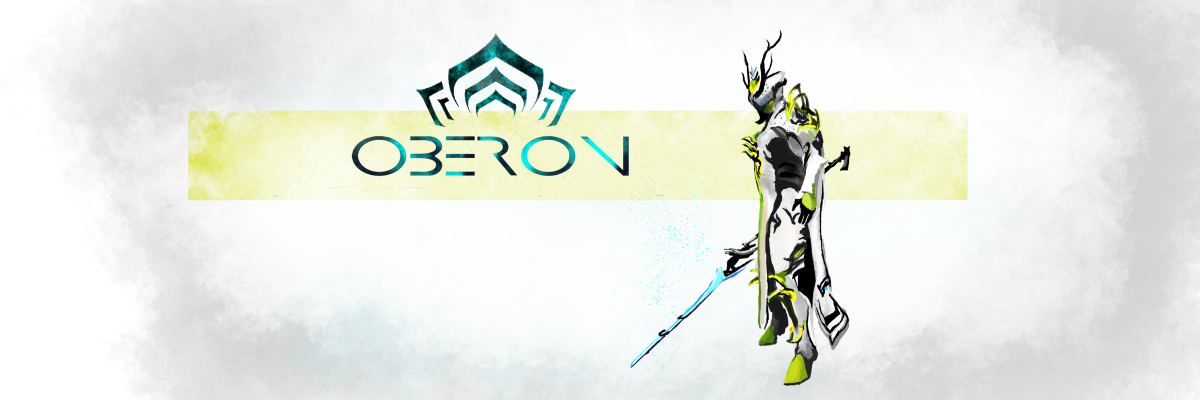
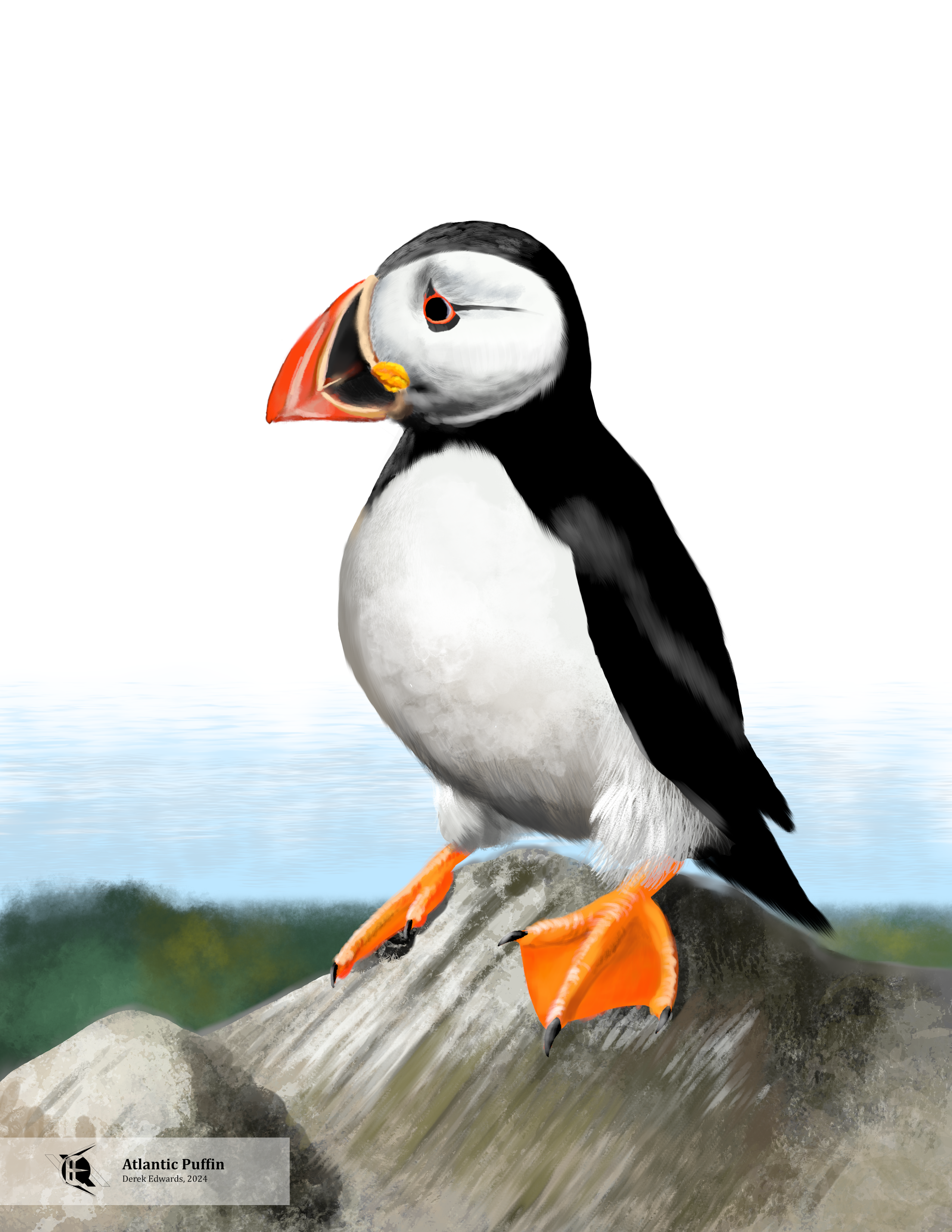
Bird of the Week
Around fifteen hundred years ago, a group of Gaelic Christians went to an island off the southwestern coast of Ireland, then known as the Great Skellig. There, they cut a monastery from the harsh rock. The monks eventually dedicated their craggy island home to Michael the Archangel (whose feast day was yesterday, as it happens. I didn't plan that.) Eventually, the monks returned to the Irish mainland, but the rough-hewn stone huts of Skellig Michael remained a site of pilgrimage and, in modern times, tourism.1 The striking, stark landscape has also made it a desirable filming location, most famously in the Star Wars sequel trilogy, where the monastery played the part of an ancient Jedi temple. To make the Irish isle seem suitably otherworldly, some parts of Skellig Michael had to be hidden: the two modern lighthouses were kept out of shots, which was easy enough to do; more difficult was keeping the film from featuring this week's bird: the Atlantic Puffin.
You might get away with having ducks in Star Wars, since ducks are a background bird in most of our lives, but you couldn't very well have puffins. These birds are simply too distinct, and too well-known. Most people would immediately recognize the clownish little auks as creatures of Earth. Which is surprising, really, considering how few people have actually seen a puffin. Puffins live at sea for most of their lives, only coming to land only rarely, and then only to rather remote coastal regions in the North Atlantic. But even so, puffins are known about, moreso than are auks generally. So, when making their films, the creators of Star Wars introduced fictional creatures known as porgs, which they superimposed over Skellig Michael's puffins.
So, what exactly is a puffin? Originally, the term referred to a specific species of seabird found in the North Atlantic. Not the Atlantic puffin, actually, but the Manx shearwater (whose scientific binomial is hence Puffinus puffinus). Because both shearwaters and puffins are from the same place, and because "puffin" generally referred to birds that were caught, cured, and send back to Great Britain as food, not to living birds who could be more easily distinguished, the Atlantic puffin was given the name "puffin" out of confusion.2 From there, the name was also applied to the Atlantic puffin's two cousins, the horned puffin and the tufted puffin, when they were discovered living in the North Pacific. Puffins are now generally defined as auks with large, triangular bills that turn, during the breeding season, bright orange and yellow. These bills set them apart from other alcids (except for the rhinoceros auklet, though that bird is considered a close relative of puffins.3
As I said, puffins spend most of their lives at sea, coming onto shore mainly only during breeding/nesting season. Puffins lay their eggs in rocky crevices, or else in burrows the pair will dig out, using their beaks to cut through the soil. Generally, these nests are on remote islands away from people. Where they do live alongside people, puffins are generally beloved, though sometimes they need help to survive in human landscapes. On the inhabited island of Heimaey, off the southwestern point of Iceland, the children of the town will patrol at night searching for young puffins who become disoriented on their way from the nest to the sea by artificial lighting. When they find them, they recover the distressed birds (before cats can get them) and taked them to the shore, where they are thrown off a cliff to fly down to the water.4,5
Icelanders call puffins "lundi"; other Norse languages call them some variation of this. The Dutch call them "papegaaiduiker", the "diving parrot". To science, thear are Fratercula arctica. The species name comes from the Greek name for the North,2 and that comes ultimately from the Greek for "bear", because the constellations of the Great and Little Bears were in the northern sky. By sheer coincidence the terms "Arctic" ("realm of bears") and "Antarctic" ("not the realm of bears") serve as a helpful indication of which pole polar bears are from. The genus name maens "little brother", or, more correctly, "friar", since their black-and-white "robes" and pudgy appearance reminded people of Christian clerics. So, in a way, there's still a community of monks on Skellig Michael.
- Department of Housing, Local Government and Heritage. “Sceilg Mhichíl - World Heritage Ireland.” World Heritage Ireland, September 4, 2023. https://www.worldheritageireland.ie/heritage-property/sceilg-mhichil/.
- Jobling, J. A. (editor). The Key to Scientific Names in Birds of the World (S. M. Billerman et al. editors), Cornell Laboratory of Ornithology, Ithaca.
- American Bird Conservancy. “Rhinoceros Auklet - American Bird Conservancy,” September 6, 2024. https://abcbirds.org/bird/rhinoceros-auklet/.
- Katz, Cheryl. “An Icelandic Town Goes All Out to Save Baby Puffins.” Smithsonian Magazine, April 15, 2024. https://www.smithsonianmag.com/science-nature/icelandic-town-goes-all-out-save-baby-puffins-180981518/?ref=the-browser.
- Bishopp, Jessica. “Puffling,” Emergence Magazine on YouTube. February 11, 2024. https://www.youtube.com/watch?v=V1N-q-UgfPc.
Curation Links
An Icelandic Town Goes All Out to Save Baby Puffins | Cheryle Katz, Smithsonian Magazine
A full feature story about the children of Heimaey, who rescue baby puffins from getting stranded under the lights of their home fishing village.
Puffling | Jessica Bishopp, Aeon
[VIDEO] "On the Icelandic archipelago of Vestmannaeyjar [the chain that includes Heimaey], teens Birta and Selma take part in a local tradition that dates back to the introduction of electricity to the region in the early 20th century. Scanning their town’s streets, the pair identify young puffins who’ve mistaken artificial light for the moonlight, and lead them to the safety of the ocean." (22 minutes)
DeLorean vs DeLorean | Kathy Gilsinan, WIRED
"Decades after her dad’s iconic sports car time-traveled into movie history, Kat DeLorean wants to build a modern remake. There’s just one problem: Someone else owns the trademark on her name."
The Planck Dive | Greg Egan
[FICTION] “It was this line of reasoning that had led Kumar – a century after Sakharov, building on work by Penrose, Smolin and Rovelli – to devise a model of spacetime as a quantum sum of every possible network of particle world lines, with classical “time” arising from the number of intersections along a given strand of the net. This model had been an unqualified success, surviving theoretical scrutiny and experimental tests for centuries. But it had never been validated at the smallest length scales, accessible only at absurdly high energies, and it made no attempt to explain the basic structure of the nets, or the rules that governed them. Gisela wanted to know where those details came from. She wanted to understand the universe at its deepest level, to touch the beauty and simplicity that lay beneath it all. That was why she was taking the Planck Dive.”
See the full archive of curations on Notion


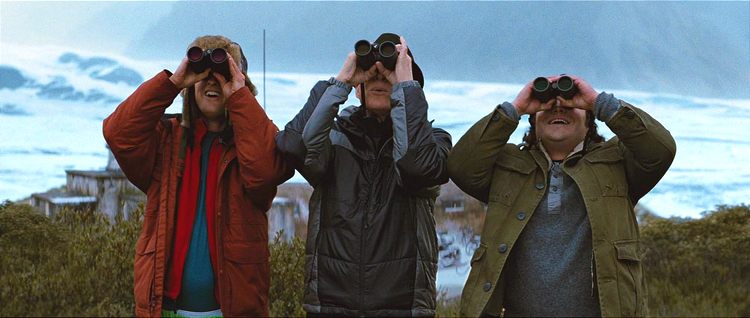
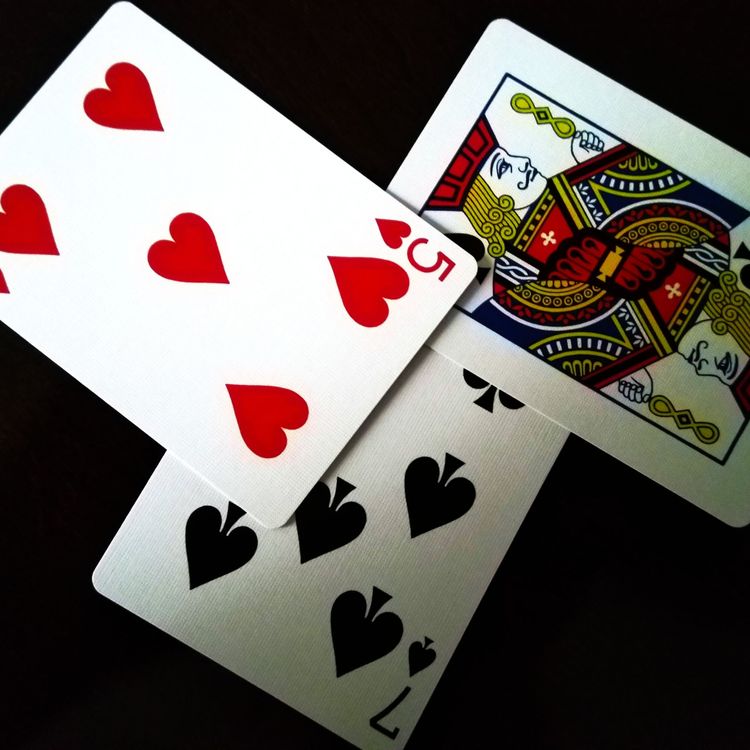
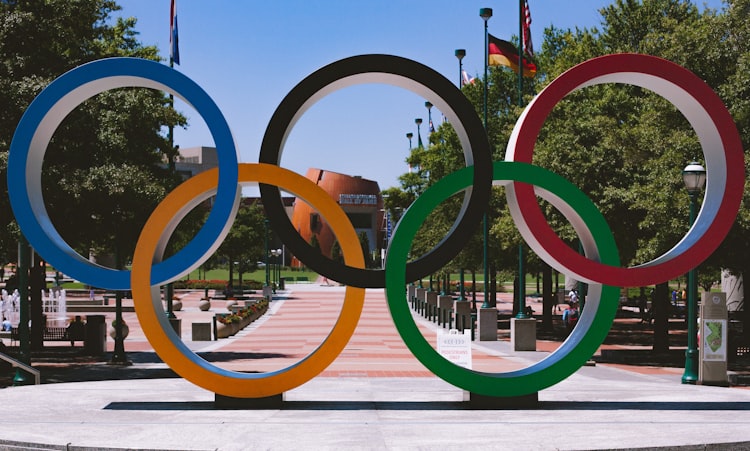

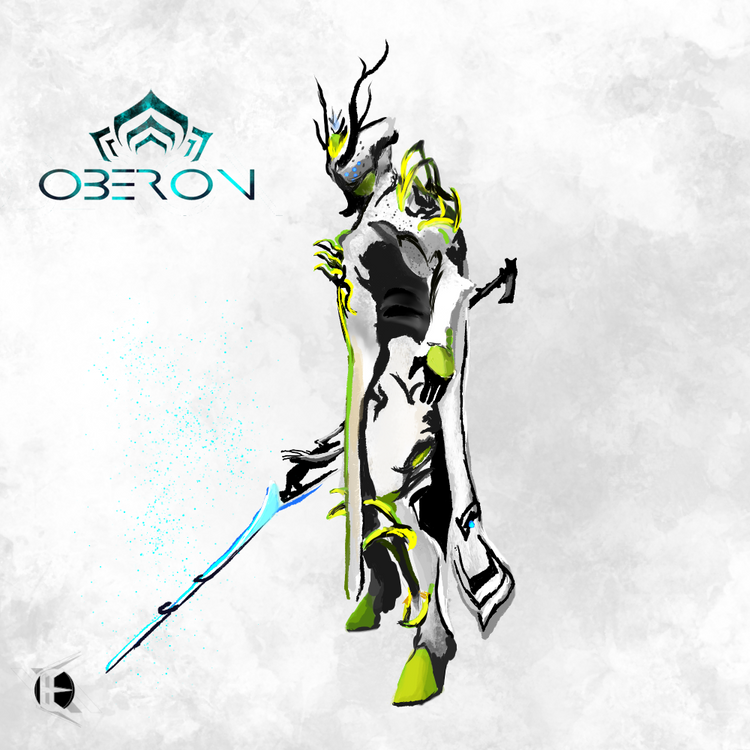
Member Commentary